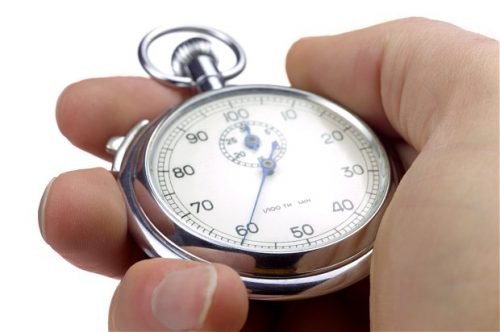In my last post, I reviewed the first component of the 30-minute rules, the actual criteria themselves. It’s not called a 30-minute response rule for no reason. There is an absolutely required time to respond that has been set at 30 minutes. Today, I’ll look at an equally important component: the response time itself. Why do we have it, and when does the event start and stop?
So why does a rule like this exist? Is it to punish the providers who are being monitored, torturing them to get to the hospital as quickly as possible? No! As with so many of our performance improvement (PI) filters, they are designed to test many, many things. Some examples for this one are:
- Recognition of a life or limb threatening condition by the in-hospital providers
- Communications systems (ED clerk, pagers, phones, etc.)
- The call schedule system
- Clinician responsiveness and commitment (orthopedics, neurosurgery)
- Nursing documentation
- And more!
What is the actual time interval that must be measured? First, it does not start when the clinical condition in the criterion is recognized. If a patient has a large subdural hematoma with shift on CT scan, a radiologist must bring it to the attention of the advanced practice provider, emergency physician, or surgeon, who must then take the next step. The timer actually starts when the clinician causes the specialist to be notified. This may occur when the clerk pages or calls them, or when the clinicians do it directly.
One point of confusion: the clock does not start when the clinician responds to the page or call. What if they don’t call back for 45 minutes? Do they then have another 30 minutes to get to the hospital? No!! It starts when the first notification goes out.

So when does the clock stop? This one is easy. It occurs when the specialist who has been called gets to the patient’s bedside and begins the assessment.
One final thing about the clock? Does the clinician have to respond within the 30-minute time frame on every patient? Ideally, this would be great but it’s not realistic. There is no guidance in the Orange Book about a threshold. But if past experience is any indication, it is most likely a timely response somewhere around 80% of the time. But strive for perfection!
Tomorrow, I’ll list some ways to address the most challenging part of the 30-minute rules: actually recording the response times. And I’ll provide a best practice to help meet it.

